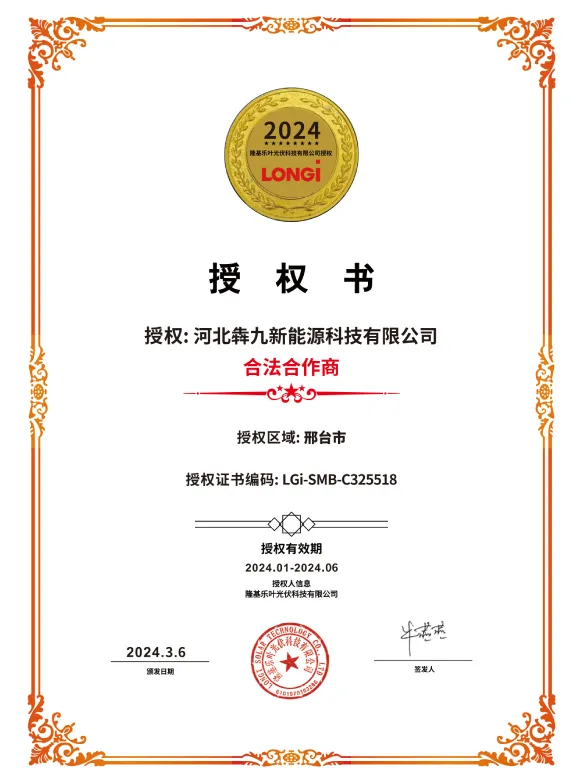multi string solar inverter
Understanding Multi-String Solar Inverters A Key Player in Renewable Energy Systems
The increasing focus on renewable energy sources, especially solar power, has led to innovative technologies designed to optimize energy capture and efficiency. Among these technologies, multi-string solar inverters have gained prominence in recent years. This article explores what multi-string solar inverters are, their benefits, and why they are becoming essential in modern solar energy systems.
What is a Multi-String Solar Inverter?
A multi-string solar inverter is a type of inverter that can handle multiple strings of solar panels, or modules, simultaneously. Inverters are crucial components in a solar energy system, converting the direct current (DC) generated by solar panels into alternating current (AC), which is the form of electricity used in homes and businesses. While traditional inverters typically manage a single string of panels, multi-string inverters improve flexibility and efficiency by allowing several strings of panels to be connected to a single inverter.
Benefits of Multi-String Solar Inverters
1. Improved Performance Monitoring One of the primary advantages of multi-string inverters is their ability to monitor the performance of each string separately. This means that if one string underperforms due to shading, dirt, or damage, the entire system doesn't suffer. Instead, only the affected string's output is diminished, while the others continue to operate at full capacity. This feature allows for better diagnosis of issues and optimization of overall system performance.
2. Enhanced Design Flexibility Multi-string inverters offer greater design flexibility for solar installations. They enable installers to configure solar arrays in various layouts, accommodating rooftops with different orientations or angles. This flexibility is particularly beneficial for residential and commercial installations where space constraints and shading conditions vary.
multi string solar inverter

3. Higher Efficiency By allowing different strings to operate independently, multi-string inverters can maximize energy harvest during varied sunlight conditions throughout the day. This approach ensures that the solar system operates at optimal efficiency, thereby increasing the overall energy output.
4. Cost-Effectiveness Although the initial investment in multi-string inverters may be higher compared to traditional inverters, their ability to enhance energy capture and reduce maintenance costs can lead to significant long-term savings. Additionally, fewer components may mean lower installation costs, making multi-string inverters a cost-effective solution in the long run.
5. Scalability As energy needs change, multi-string solar inverters offer scalability that single-string systems may lack. If additional solar panels are needed in the future, these can be easily incorporated into the existing system without requiring a complete overhaul. This adaptability aligns well with modern energy demands and technological advancements.
Conclusion
As the world shifts towards sustainable energy solutions, the role of solar power becomes increasingly vital. Multi-string solar inverters represent a significant advancement in solar technology, providing enhanced performance, flexibility, and efficiency for both residential and commercial installations. Their ability to monitor multiple strings independently ensures that solar systems can operate at optimal levels, maximizing energy production while minimizing costs.
As consumers and businesses continue to embrace renewable energy, understanding and implementing technologies like multi-string solar inverters will be crucial. Their benefits are not just limited to improved energy capture but extend into long-term cost savings and ecological impact reduction. With ongoing advancements in solar technology, multi-string solar inverters will undoubtedly play a key role in shaping the future of energy production and consumption.
-
Navigating Off Grid Solar Inverter: From Use Cases to Trusted PartnersNewsAug.05,2025
-
Solar Edge String Inverter: A Wholesaler’s Guide to Inverter Technology SelectionNewsAug.05,2025
-
Microinverters: Revolutionizing Solar Energy UseNewsAug.05,2025
-
Future of Monocrystalline Solar Panel Efficiency: Latest Technological AdvancesNewsAug.05,2025
-
Solar Panels for House: A Complete Guide to Residential Solar EnergyNewsAug.05,2025
-
Panel Bifacial Performance in Snow and Low-Light ConditionsNewsAug.05,2025







